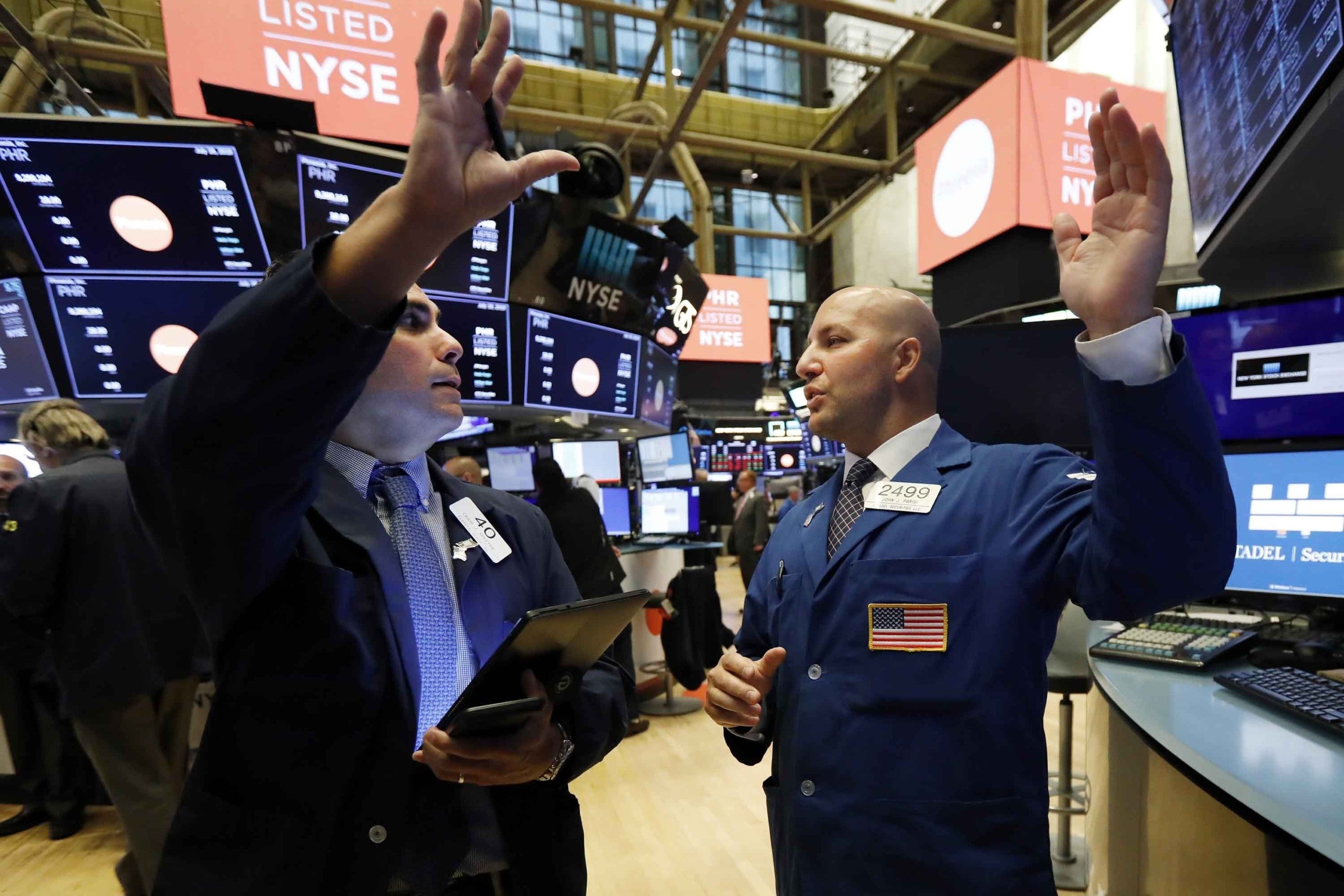The Fed’s low rates will punish people who save
(CNN) — The Federal Reserve has thrown one lifeline after another to businesses, cities, states and consumers to try and keep the economy afloat in the midst of the Covid-19 pandemic.
But people trying to sock money away in savings accounts likely won’t get much help from the Fed.
When the Fed meets on Wednesday to discuss its latest efforts to help stimulate the economy, it is guaranteed to leave short-term interest rates at zero. The Fed slashed them to that level last month.
Low rates punish people, particularly older and more conservative investors, who are stashing money in bank accounts, money market funds or Treasury bonds. These vehicles now generate little, if any, in the way of interest income. That’s not going to change for the foreseeable future.
Lower for longer is the new normal when it comes to rates
The Fed is unlikely to raise rates anytime soon. Federal funds futures trading on the Chicago Mercantile Exchange show that investors are pricing in a zero-percent chance of a rate hike at the Fed’s next eight meetings — going all the way out to March 2021.
And if history is any guide, the Fed could very well leave rates at zero for several years. After the central bank slashed rates to zero in 2008, it did not raise them again until December 2015.
The Fed will not want to risk upsetting Wall Street during these fragile times.
“What the Fed continues to focus on is the stock market. They won’t say that but they are concerned about the wealth effect and sentiment. They react when the stock market pukes,” said Patrick Leary, chief market strategist at Incapital.
This is particularly problematic since people have been squirreling away more money into savings accounts in the past few months. The national savings rate now stands at 8.2% — up from 7.5% at the end of 2019.
But investors earn next to nothing in these accounts. According to the latest figures from the Federal Deposit Insurance Corp. (FDIC), the average savings account pays just 0.07%. A money market doesn’t get you much more bang for your buck. It pays an average interest rate of 0.1%.
If rates remain this low, investors (even those approaching retirement who can’t afford to take on as much risk) may have no choice but to buy stocks and corporate bonds in order to generate higher levels of income.
High yield bonds and dividend stocks may be good bets
For example, the iShares iBoxx $ High Yield Corporate Bond and SPDR Bloomberg Barclays High Yield Bond ETFs pay yields of 5.7% and 6.2% respectively.
“Interest rates have been moving lower for decades, but the global financial crisis of 2008 was a wake up for many. Now we have another shock,” said Lauren Goodwin, economist and multi-asset portfolio strategist at New York Life Investments.
Goodwin said the eventual recovery may be a “Japanifcation type situation” — referring to how that Asian nation has had to keep interest rates incredibly low for a long time in the wake of its 1990s economic crisis.
She added that investors will likely flock to dividend stocks as well — and that doesn’t just mean traditionally higher yielding sectors like utilities, real estate and consumer staples.
Health care companies, which tend to be more defensive and do better in a softer economy, have lots of cash and pay solid dividend yields. So do older and more mature top tech companies like Apple, Microsoft, IBM and Cisco.
“Coming out of this crisis investors will likely have to cope with bond yields that are lower for longer and a more confusing path,” Goodwin said. “It’s time for investors to look for sectors that do well when the economy is sluggish.”
But this creates a tough position for retirees, according to Incapital’s Leary. They are being pushed into riskier assets like stocks.
Still, there are other places for conservative investors to hide.
Leary said gold, which has also rallied this year as a hedge against low interest rates, could be something a more conservative investor might want to own more of at a time like this.
The key for an older investor is preservation of capital, not necessarily posting stellar returns. And in a market like this, safety is all relative. There may be no such thing as a completely risk-free asset.
